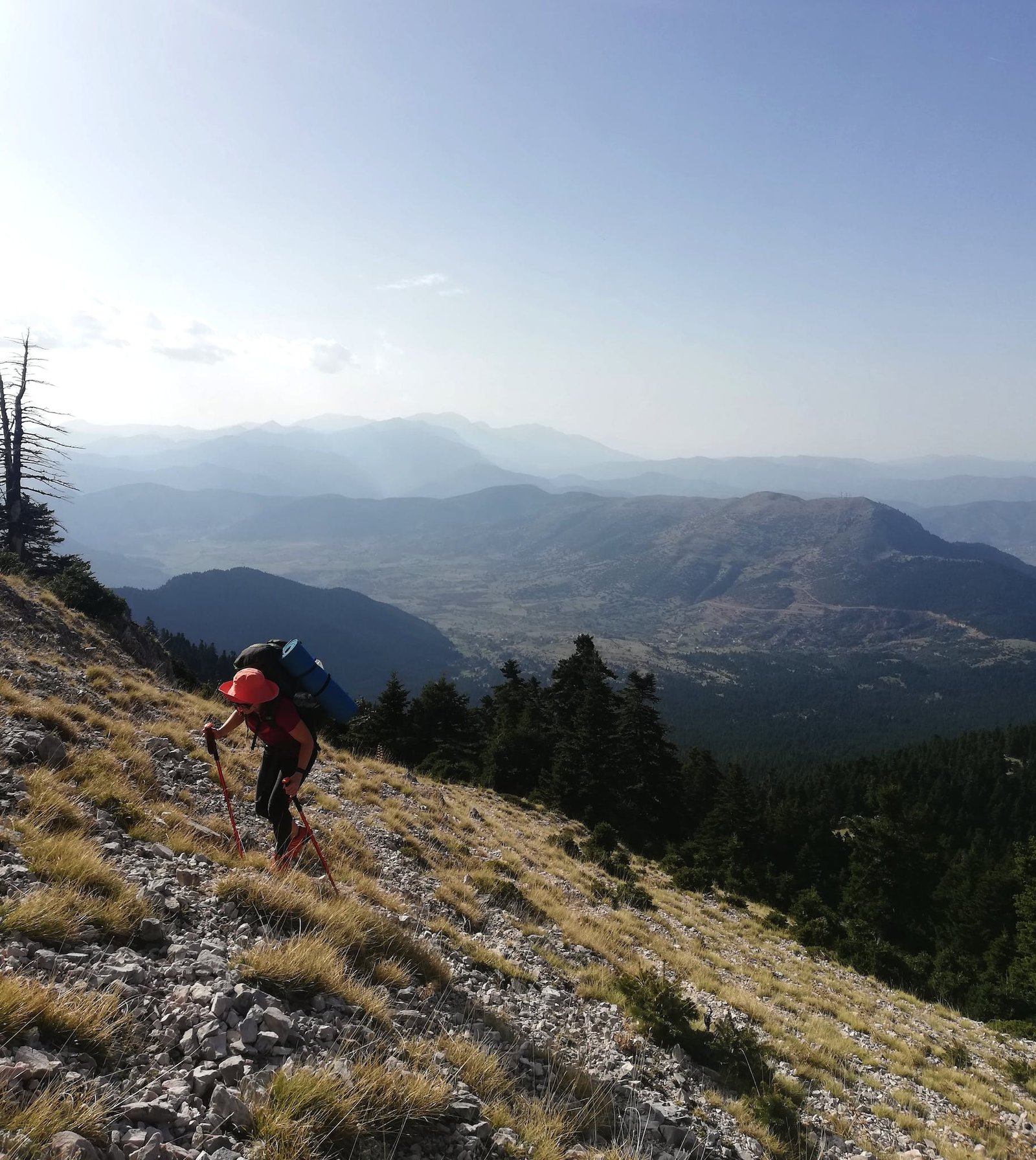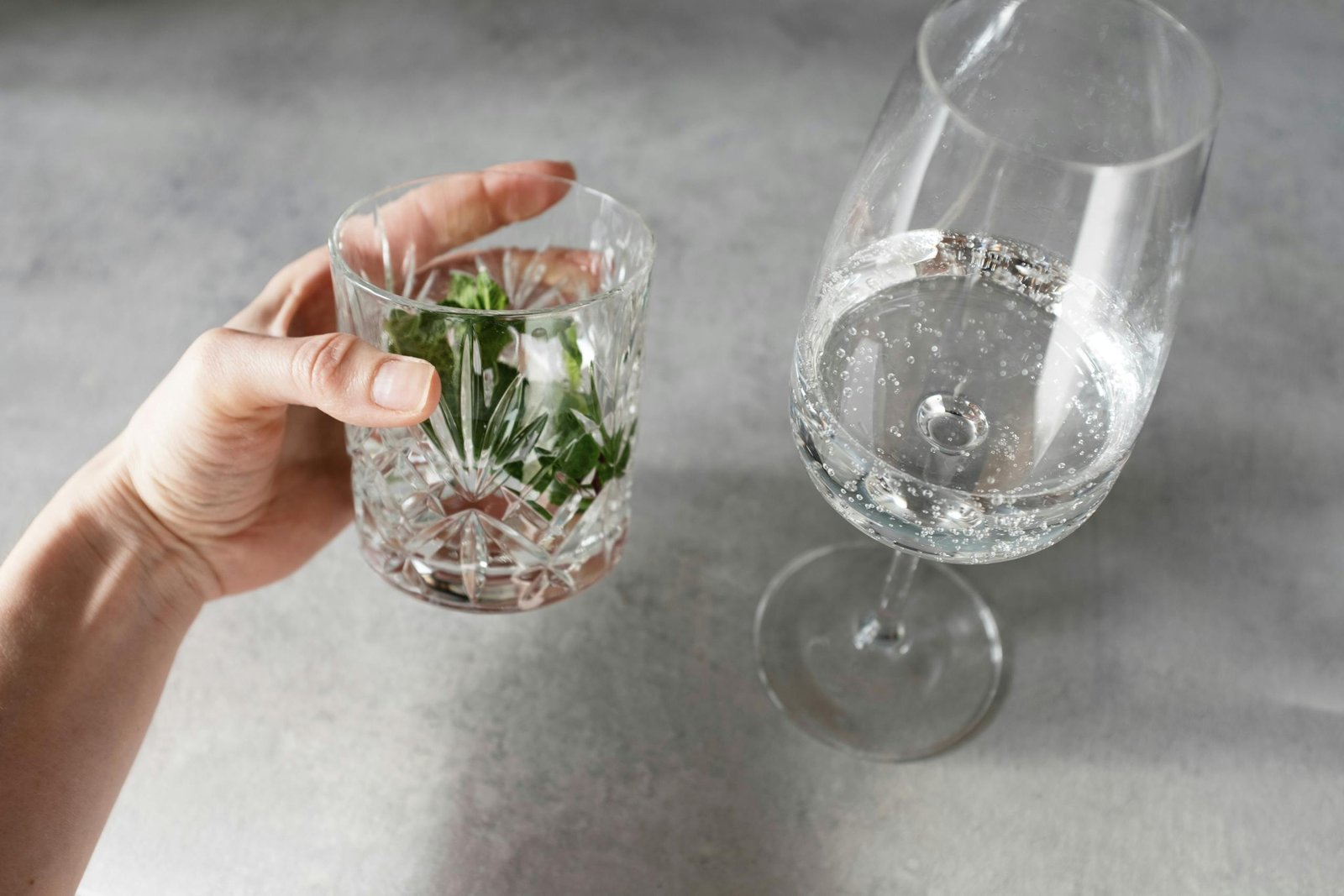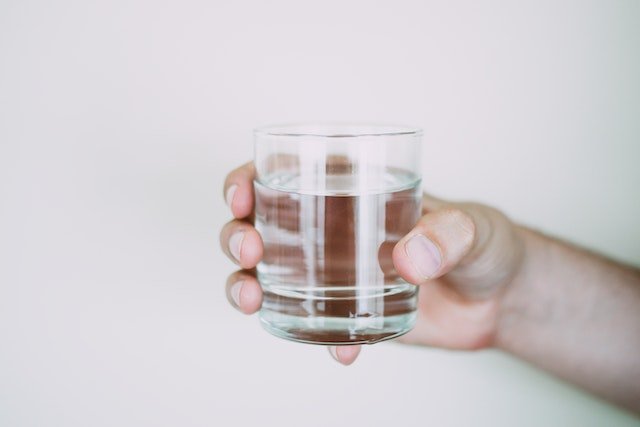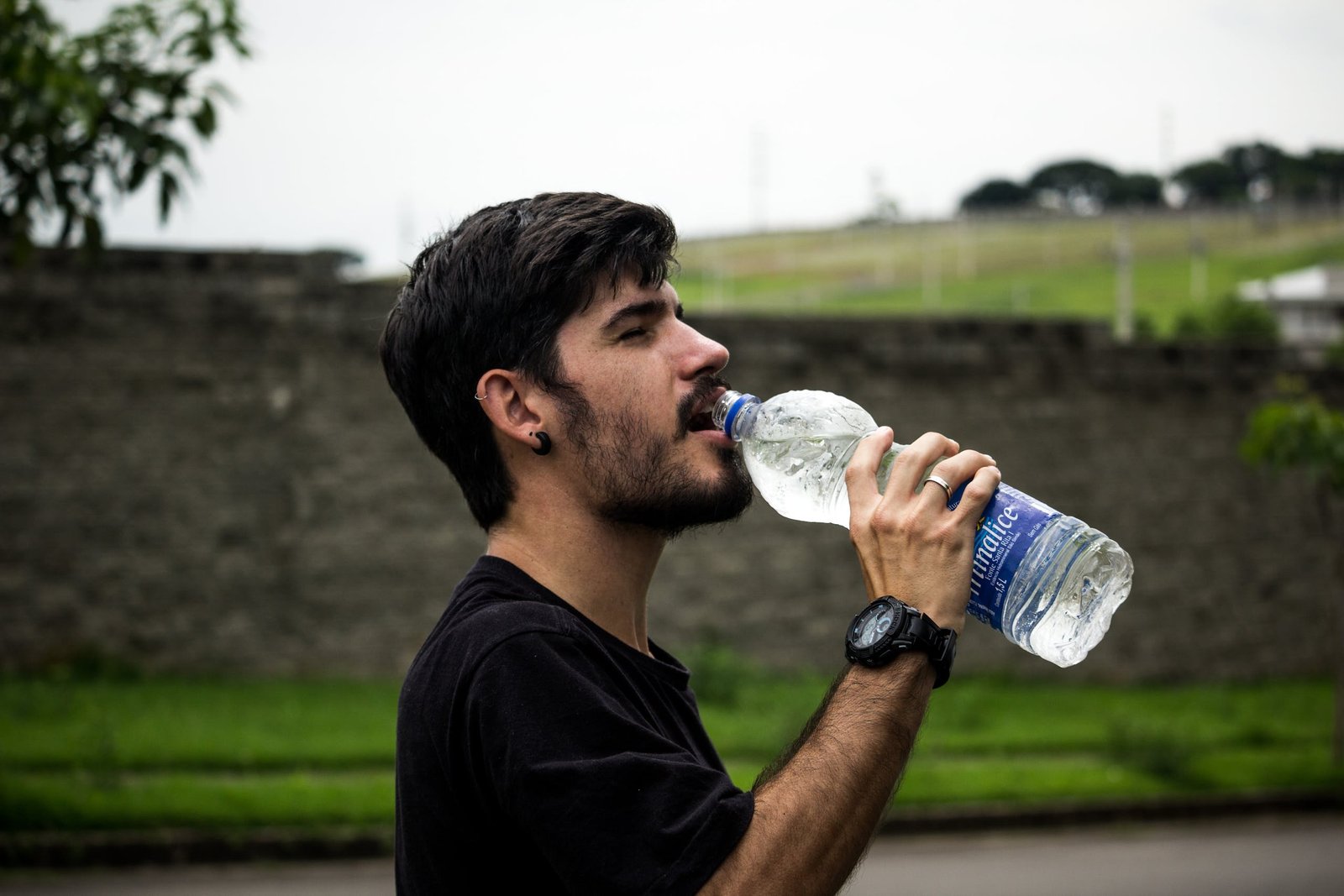Tips for Hydrating While Hiking and Camping
There are some affiliate links below, but they are all products I highly recommend. For more info, view my disclosure here.
Looking to stay hydrated while hiking and camping? You’ve come to the right place!
In this article, we’ll give you some valuable tips to ensure you stay properly hydrated during your outdoor adventures. From preparing your hydration strategy to choosing the right water bottles and packs, we’ve got you covered.
Plus, we’ll share important insights on how to incorporate hydration into your camping routine and prevent dehydration.
So, let’s dive in and keep you refreshed on the trails!
Importance of Hydration in Outdoor Activities
Make sure you understand the importance of staying hydrated during your outdoor activities. When you’re hiking or camping, your body works harder and sweats more to keep you cool. This means that you lose more water and electrolytes, which are essential for proper bodily functions. Dehydration can lead to fatigue, dizziness, and even heatstroke, putting your health and safety at risk.
Hydration is crucial for maintaining your energy levels and preventing heat-related illnesses. Drinking enough water helps regulate your body temperature, allowing you to perform at your best. When you’re out in nature, it’s easy to forget to drink water, especially when you’re focused on the beautiful scenery or challenging trails. However, it’s essential to have a hydration plan in place.
Start by packing enough water for your trip, and consider bringing a water filter or purification tablets in case you run out. Remember to drink water regularly, even if you don’t feel thirsty. Thirst isn’t always an accurate indicator of hydration levels. Carry a reusable water bottle and sip from it throughout the day. You can also consume hydrating foods like fruits and vegetables, which have high water content.
Staying hydrated isn’t just about drinking water; it’s also about replacing electrolytes that are lost through sweat. Consider bringing electrolyte-rich beverages or sports drinks to replenish these essential minerals. Avoid sugary drinks or alcohol, as they can dehydrate you further.
Preparing Your Hydration Strategy
To ensure you stay properly hydrated, it’s important to plan and prepare your hydration strategy before heading out on your outdoor adventure. Start by considering the duration and intensity of your activity. If you’re going on a short hike or camping trip, carrying a water bottle or two may be sufficient. However, for longer and more strenuous activities, you’ll need to pack extra water or plan for water sources along the way.
Check the weather forecast before you go. Hot and humid conditions will require more fluid intake compared to cooler temperatures. Take note of any water sources, such as rivers or streams, along your route. It’s a good idea to carry a water filter or purification tablets in case you need to drink from natural sources.
Determine how much water you’ll need for the entire trip and pack accordingly. The general rule of thumb is to drink at least half a liter of water per hour during moderate activity. Don’t forget to factor in water for cooking and cleaning. If you’re camping overnight, consider bringing a collapsible water container to store extra water at your campsite.
Lastly, make sure to hydrate properly before you even start your adventure. Drink a sufficient amount of water in the hours leading up to your activity.
Choosing the Right Water Bottles and Hydration Packs
When choosing your water bottles and hydration packs, it’s important to consider factors such as capacity, durability, and ease of use.
Capacity is crucial because you want to ensure you’ve enough water to stay hydrated throughout your hiking or camping trip. Look for bottles or packs that can hold at least 1-2 liters of water, depending on the length of your adventure.
Durability is also key, as you don’t want your bottle or pack to leak or break while you’re out in the wilderness. Opt for materials like stainless steel or BPA-free plastic that can withstand rugged conditions.
Additionally, ease of use is vital for convenience on the trail. Look for features like wide-mouth openings for easy refilling, leak-proof lids, and comfortable straps for carrying your hydration pack. Consider the weight of the bottles or packs as well, as you don’t want to be weighed down by unnecessary bulk.
Hydration Tips for Hiking in Different Climates
Staying properly hydrated is crucial for your comfort and safety while exploring different climates. When hiking in hot and humid climates, it’s important to drink water frequently to replace the fluids lost through sweat. Carry a lightweight and durable water bottle that can easily fit in your backpack. Look for one with a wide mouth for easy refilling and cleaning.
Hydration packs are also great options, as they allow you to drink on the go without having to stop and take out a water bottle.
In colder climates, it’s easy to forget about hydration since you may not feel as thirsty. However, it’s just as important to drink water to prevent dehydration. Consider using an insulated water bottle to keep your water from freezing.
In high altitude environments, hydration is crucial to combat the effects of altitude sickness. Drink plenty of water and avoid alcohol and caffeine, as they can contribute to dehydration.
Incorporating Hydration Into Your Camping Routine
Don’t forget to bring a refillable water bottle on your camping trip to ensure you stay hydrated throughout your adventure. When you’re out in the wilderness, it’s easy to get caught up in the excitement and forget to drink enough water. But staying hydrated is crucial for your overall health and well-being, especially when you’re engaging in physical activities like hiking and camping.
Having a refillable water bottle is essential because it allows you to have a constant supply of water wherever you go. You can easily fill it up at a water source, such as a stream or a campsite tap, and always have access to clean drinking water. Plus, it’s more environmentally friendly than disposable plastic bottles.
Make it a habit to drink water regularly throughout the day, even if you don’t feel thirsty. Set reminders on your phone or use a hydration app to keep track of your water intake. Remember, by the time you feel thirsty, you’re already dehydrated.
Additionally, consider adding electrolyte packets or tablets to your camping gear. These can help replenish the electrolytes lost through sweat and keep your body balanced. Just mix them with water, and you’ll have a refreshing and hydrating drink.
Signs of Dehydration and How to Prevent It
To prevent dehydration, it’s important to recognize the signs such as increased thirst, dry mouth, and dark urine. When you’re hiking or camping, it’s easy to get caught up in the excitement and forget to drink enough water. However, staying properly hydrated is crucial for your overall health and well-being. Dehydration can lead to serious complications, such as dizziness, fatigue, and even heatstroke.
Pay attention to your body and make sure to drink water regularly. If you start feeling thirsty, it’s already a sign that you’re dehydrated. Don’t wait until you’re parched to take a sip. Keep a water bottle handy and take frequent sips throughout the day. A good rule of thumb is to aim for at least eight cups of water per day, but you may need more if you’re engaging in strenuous activities.
Another sign of dehydration is a dry mouth. If your mouth feels sticky or you’re having difficulty producing saliva, it’s time to hydrate. Sip on water or chew on a piece of sugar-free gum to stimulate saliva production. Additionally, pay attention to the color of your urine. Dark yellow or amber-colored urine is a clear indicator that you’re dehydrated.
In order to prevent dehydration while hiking or camping, it’s important to plan ahead. Make sure to pack enough water for the duration of your trip. If you’re unsure about the availability of clean water sources, consider bringing a water filter or purification tablets. Remember, staying hydrated is vital for your safety and enjoyment, so don’t neglect it.








